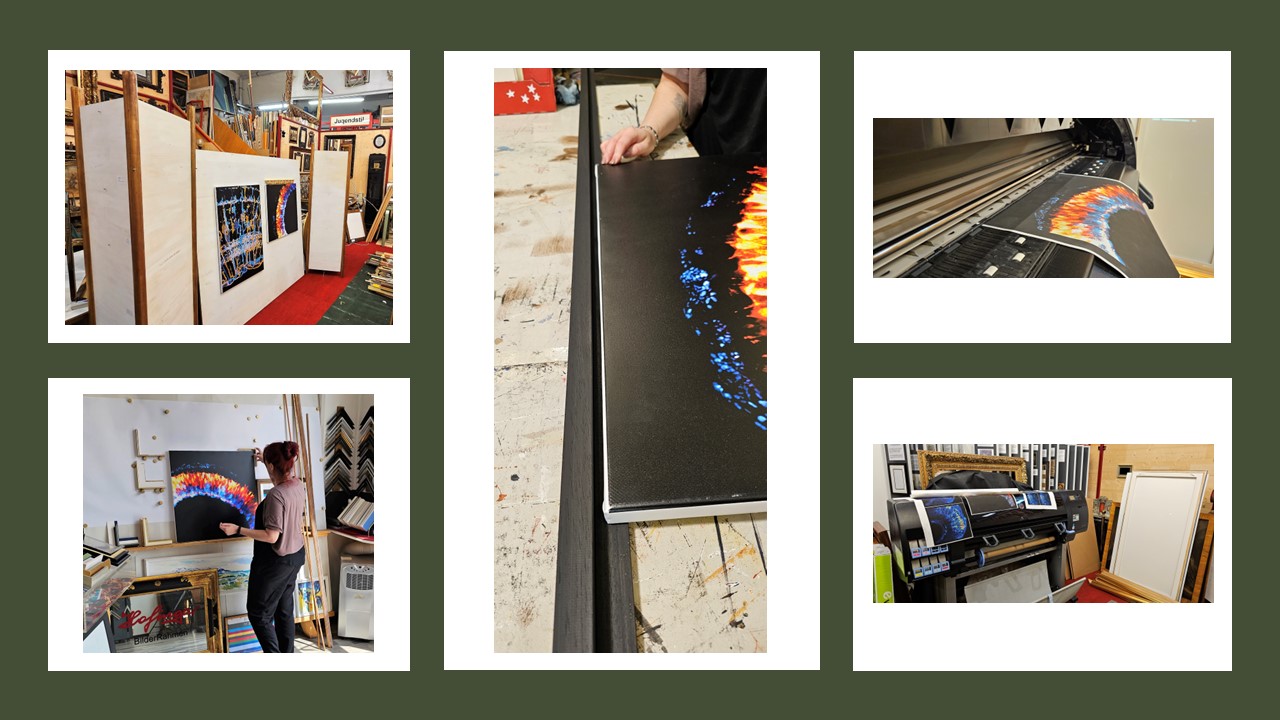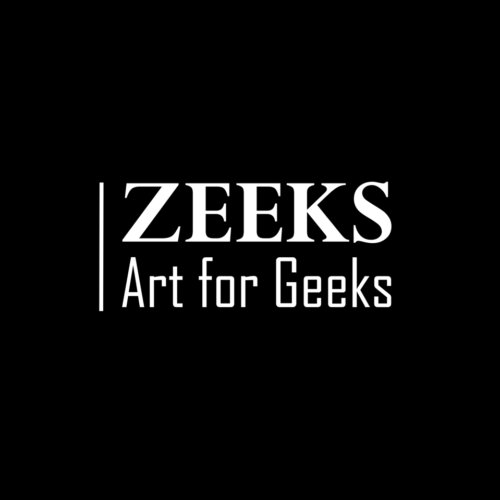Unveiling the Unseen: Organizing a Science Art Exhibition
Posted by Elisabeth, on 12 July 2023
Organizing an art exhibition, especially a solo one, is an intimidating but truly exciting experience. For me, as a scientist and artist, the journey of curating a science art exhibition has been a transformative one. I am currently organizing a science art exhibition that will display the intricate world of developmental biology (in zebrafish) through the lens of microscopy and will be hosted from November 2023 to January 2024 in Austria. In this blog post, I will share the challenges, triumphs, and lessons I learned while organizing the exhibition until the time of writing, which is four months before the opening event.

The Fascination of Developmental Biology in Zebrafish
Throughout my education, I was fascinated by microscopy and developmental biology. The very fact that it is possible to light up cells in the dark and watch them move, divide, and interact in real-time is still fascinating to me. Thus, to share this fascinating world and discover new things, I shifted my career path in 2022 from academia to having my own company where we combine science and art, creating science communication and art.
For the end of 2023, we are planning a science art exhibition in Austria, where we plan to showcase the breathtaking beauty and complexity of developmental biology. To achieve this, the central artworks are a collection of 12 microscopy science art pieces. These artworks reveal the exquisite details of cells that are smaller than a single spider silk strand on canvases that are up to 1 meter in size. Using vibrant colours on black canvas and frames, I aimed to establish high-contrast works which truly emphasize the detail of the cells and tissues on display.

Exploring Various Artistic Mediums
In addition to the central microscopy science art pieces, the exhibition will feature a diverse range of artworks that have contributed to developing my art style, techniques, palettes, and composition. To offer a modern perspective on the subject matter, five contemporary science art pieces of acrylic on canvas are part of the exhibition. Alongside these, the exhibit will contain ink and watercolour works on paper as the technical requirements for these are very complementary to the acrylics on canvas pieces. The topics explored there, are portrait, landscape, and architecture. By incorporating different visual art mediums, I sought to present a comprehensive exploration of the connection between science and art, and how exploring different avenues of topics and techniques can help fine-tune others.
Establishing the Exhibition Theme
One of the primary challenges I faced was pulling together a cohesive exhibition theme. It required careful consideration and collaboration with the gallery, Hofinger BilderRahmen Tirol. Together, we worked on topics, positioning, and carefully selecting manufactured frames to ensure a seamless presentation. Through numerous discussions and consultations, we aimed to create an immersive experience that would captivate viewers and communicate the essence of developmental biology in zebrafish. My biggest tip here is to trust the expertise and experience of the gallery and framers.

Navigating the Artistic Learning Curve
As an individual with an academic background in science and recently transitioning to a small business owner and artist, the journey from concept to execution was a steep learning curve. Building my own company and transitioning from a scientific mindset to that of an entrepreneur and artist required especially a significant shift in perspective. Be it price negotiation, international logistics, or business networking – it is very different to academia.
The art pieces shown reflect this range, and only by embracing this path of being a scientist and artist I could merge different collections and works harmoniously into one cohesive and impactful exhibition.
Embracing the Art of Science Communication and Marketing
To ensure the success of the exhibition, early collaboration with others was essential. Together, with the gallery, colleagues, and family, we established effective marketing strategies, meticulously handpicked materials, debated font choices, and added personal touches such as handwritten notes. By going above and beyond traditional marketing techniques, we aim to create a unique experience for visitors, drawing them into the captivating world of science art. This is particularly important as we want to reach the wider public, friends, family, and academic colleagues alike. For example, choosing the right balance of science communication language is a challenging task – we want it to be scientifically correct but don’t drown the wider public in unnecessary scientific detail. My biggest tip, let a variety of people read the text and ask them to provide feedback.
Making the Invisible Visible
The process of curating an exhibition from scratch resonated deeply with the essence of microscopy itself—making the invisible visible. As a developmental biologist, my work revolved around uncovering the hidden wonders of life. Similarly, organizing an exhibition allowed me to bring together artworks and showcase the unexplored beauty that lies within the intricate world of zebrafish developmental biology.
But to be honest, it is hard work. For me, defining milestones (such as selecting the art pieces, or sending out the first invitations) is incredibly important to keep up the sense of achievement while working towards the exhibition opening.
We still have about four months before the opening, but the to-do lists seem to get longer than shorter. Why? Because we can now switch from higher level decisions (e.g. art pieces and dates) to smaller level decisions (e.g. organizing beamers and picking out food). Thus, decisions started to fan out like a tree. Where the exhibition is the trunk, the branches are higher-level decisions, and the smaller-level decisions are the leaves.
Pro Tips Summary:
- Think about your why and hold on to it. E.g. for me, it is the love for sharing microscopy and science art
- Explore different topics and techniques as they might fine-tune each other. E.g. digital microscopy, acrylics on canvas, watercolour on paper
- Trust the years of experience a gallery and framers bring to the table. E.g. establishing contrast for microscopy art
- Embrace that science and art are not exclusive. There will be some challenges and contradictions, but they are not necessarily excluding other things.
- Marketing is a must, but marketing science art is particularly interesting as you want to speak to a variety of people alike. E.g. carefully consider word choices
- Enjoy the process! As with every project, there are ups and downs, but that’s why considering your “Why” is so important.
Conclusion
Organizing a solo science art exhibition has so far been an unforgettable journey. I am incredibly lucky to be able to blend my passion for science and art and do this in full support of the gallery, family, friends, and colleagues. The challenges faced along the way, from establishing a cohesive theme to navigating the nuances of marketing, only served to enhance the outcome. By merging scientific expertise with artistic expression, I aim to inspire viewers and ignite a sense of wonder about the hidden realms of science and life itself. Through the medium of art, I want to bring the invisible to life, weaving together a collection that celebrates the fascination and beauty of microscopy and science.



 (3 votes)
(3 votes)